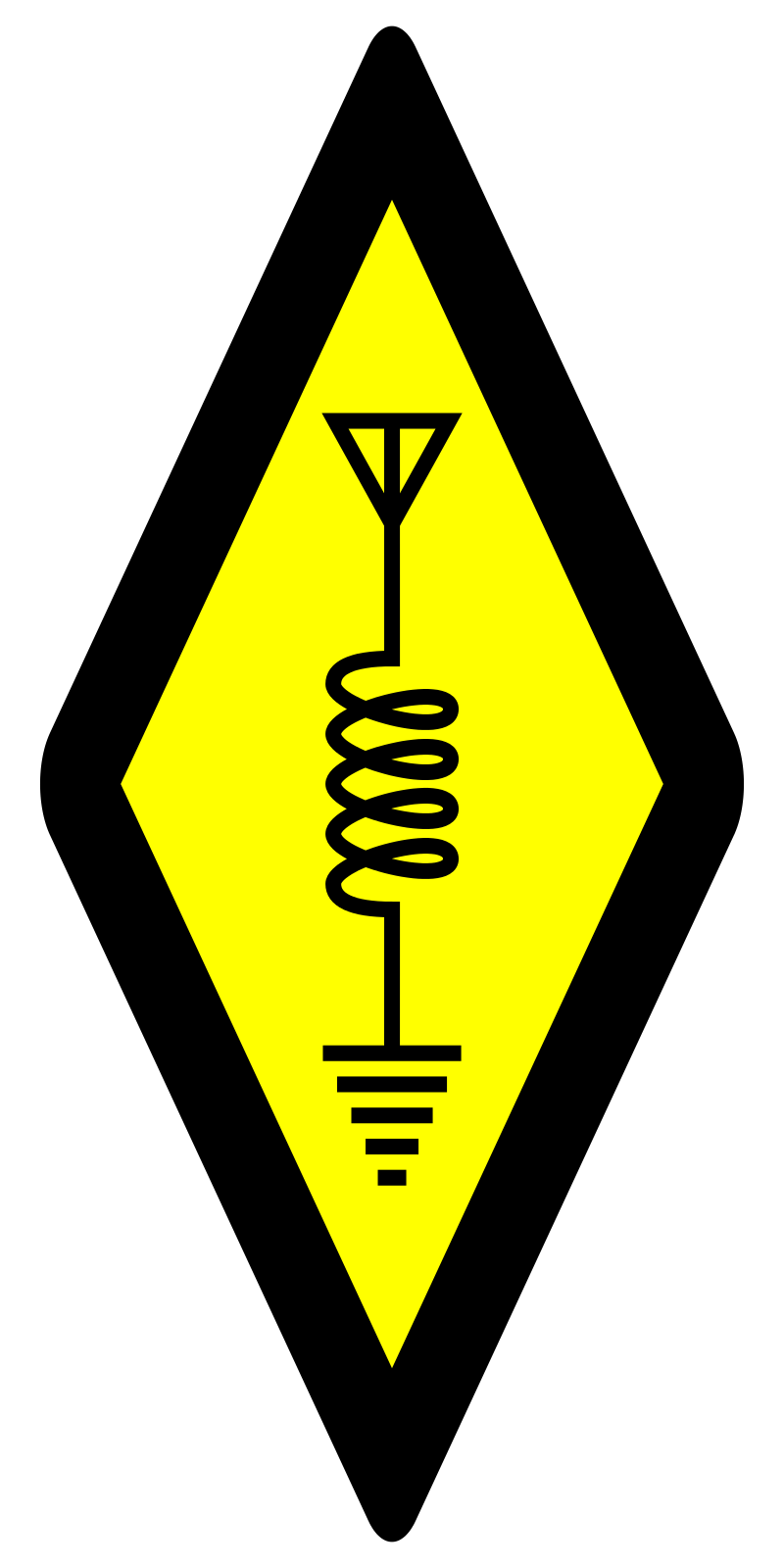By Onno VK6FLAB
Did you know that on the 18th of April, 1925 a group of radio amateurs had a meeting in Paris? During that meeting they formed an organisation that still exists today. Before I get into that, let me share a list of names.
- Wireless Institute of Australia - Radio Amateurs of Canada - Radio Society of Great Britain - Vereniging voor Experimenteel Radio Onderzoek in Nederland or if you don’t speak Dutch, can’t imagine why, the Association for Experimental Radio Research in the Netherlands, - Deutscher Amateur Radio Club, I’ll let you figure out what that translates to, - American Radio Relay League
Language aside, one of these is not like the other.
Once upon a time, in a land far, far away, at a moment likely before either of us was born, Hiram, wanted to send a message from his amateur station in Hartford to a friend in Springfield. That’s 26 miles, or less than half an hour up the road via I-91.
One minor problem.
At the time, in 1914, using amateur radio for anything beyond 20 miles or so was considered a miracle, so Hiram asked a mate at the halfway point in Windsor Locks to relay a message on his behalf. Soon after he convinced his local radio club in Hartford that building an organised network of stations to relay amateur radio messages was worth doing and the American Radio Relay League was born. Co-founded with radio experimenter Clarence Tuska, Hiram Percy Maxim became its first President. He held many callsigns, most recently W1AW.
At the time, longwave, the longer the better, was considered the pinnacle of communication technology. The airwaves were becoming crowded, so amateurs, in search of more space and always up for a challenge, started experimenting at the edges. The shortest wavelength available to amateurs at the time was the 200m band, or 1,500 kHz. In December 1921 the first successful transatlantic transmissions were achieved. Hundreds of North American amateurs were heard across Europe on 200m and several were heard in reply.
In a dance that continues to this day, new technology replacing old, spark gap transmitters were replaced by vacuum tubes and using those amateurs were able to use even shorter wavelengths. While technically illegal to operate on higher frequencies, the authorities put their fingers in their ears and let those crazy amateurs play on those useless bands.
This is a world without international prefixes, no VK, PA or G stations, so amateurs were forced to come up with their own system to indicate the continent and country.
This was clearly organised chaos at the edges of legality, in many countries amateur radio operation was actively discouraged or even illegal. Soon the same person who came up with the notion of the ARRL led the way and organised a meeting in Paris. That meeting, on the 18th of April, 1925 marks the forming of the IARU, the International Amateur Radio Union and as I said, it exists today.
That date, the 18th of April is globally, well at least in the amateur radio community, uh, well, small pockets of the amateur radio community, known as World Amateur Radio Day.
2024 marks the beginning of a year of celebration for the centenary of the organisation that brought together this global rag-tag group of enthusiast experimenters that we fondly refer to as our community.
The IARU theme for this year is: “A Century of Connections: Celebrating 100 years of Amateur Radio Innovation, Community, and Advocacy” and you’re invited.
So, what types of activities are you planning, what kind of celebration do you have in mind, and who is bringing the birthday cake?
I’m Onno VK6FLAB

